“Do you think I look fat in this collar?”
Said no dog. Ever.
This is how dogs more likely consider the possibility of being overweight:
Most owners are aware that it is our responsibility to keep our dogs at a healthy body weight and in good condition. We all know this, right?
Perhaps not. A few statistics:
- Obesity continues to be the number one nutritional problem in pet dogs in the United States.
- According to the Association of Pet Obesity Prevention (APOP), veterinarians classified 53 percent of their canine patients as either overweight or obese.
- In the same survey, only 22 percent of the owners identified their dog as being overweight.
- APOP founder Dr. Ernie Ward refers to this cognitive disconnect as the “fat pet gap”. He suggests that American dog owners’ perceptions of what is normal in their dogs has been gradually distorted, leading to the perception that an overweight body type is normal.
Why the Disconnect? A common theory used to explain the mismatch between what ownersperceive and what their dog actually looks like is that owners simply have not been taught how to recognize a fat dog and lack the knowledge to differentiate between a dog who is at ideal weight versus one who is slightly (or more) overweight. In an attempt to counteract this problem, pet food companies created Body Condition Scores. These are standardized five to 9-point visual scales designed to help owners and veterinarians correctly assess a dog’s body condition. Here are two examples:
Problem solved? These scales have been around for more than 15 years. Yet, our dogs are still fat. Perhaps the scales are not being used? Are they difficult to understand? Recently a group of researchers asked the question: “If we give dog owners a BCS tool, show them how to use it, and then ask them to evaluate their own dog using the tool, will their assessments improve?” Their hypothesis was optimistic. They believed this would do the trick.
The Study: This was a pre-test/post-test study design and included a group of 110 owners and their dogs (1). In the pre-test portion of the study, the owner was asked to assess their dog’s body condition. No guidance was provided and the owner was required to select the word that best described their dog from a set of five terms; very thin, thin, ideal weight, overweight, or markedly obese. Following this assessment, the owner was provided with a five-point BCS chart that used the same five descriptors along with visual silhouettes and descriptions. They were given instructions of how to use the chart and were then asked to assess their dog a second time. The investigating veterinarian also assessed the dog using the BCS chart and physical examination.
Results: Several interesting (and surprising) results were reported:
- Prior to using the BCS chart, 2/3 of the owners (66 %) incorrectly assessed their dog’s body condition. The majority underestimated body condition, believing their overweight dog to be at or near his or her ideal weight. These results are consistent with those reported by other researchers and with the APOP survey.
- Following training with the BCS tool, these misperceptions persisted, showing virtually no change; 65 % were incorrect and only 15 % of owners changed their original score (some up/some down, and some from correct to incorrect!). The majority of owners continued to see their plump dog as being at his or her optimal weight.
- Here is where things get really weird.
- When queried, the majority of owners (77 %) stated that they believed that using the BCS chart had significantly improved their ability to estimate their dog’s body condition (huh?). This statement was made despite the fact that only 17 owners changed their scores after they learned to use the chart.
- And, those who believed the chart had helped them fared no better in post-test success than the those who believed that the chart did not help them.
Take Away for Dog Folks: This study confirms what several other researchers have reported and what the APOP statistics tell us; dog owners tend to underestimate their dog’s weight and body condition, seeing a dog who is overweight as ideal. It also goes an important step further. Even when owners are shown how to identify an overweight dog, they are literally blind to seeing the evidence in their own dog. We still get it wrong. Why is this happening? There are a few possible reasons:
- Fido is not fat; he just has big bones: Resistance to seeing one’s own dog as overweight may be a form of denial, similar to the well-documented misperception that many parents have regarding their child’s weight. Because being overweight is viewed negatively by others, is associated with well-known health risks, and may be perceived as reflecting badly upon a dog owner’s ability to care properly for their dog, denial may be quite an attractive alternative to the truth.
- Confirmation bias: In this pre-test/post-test situation, people may have resisted changing their scores following training simply because, well, people hate to be proven wrong. If an owner had preconceived beliefs about his dog’s weight and initially assigned a moderate score, he might subsequently (and unconsciously) use the BCS chart to confirm that belief, however misguided it was.
- Food is love: There are data from other studies showing that a substantial number of owners admit that they are unwilling to deny food to their dog even when they know the dog is overweight because they see feeding as an important outlet for love and nurturing (2). Similarly, owners tend to resist changing their feeding habits with their dogs even when aware of the adverse health effects of being overweight (3).
Soap Box Time: The results of this study are not encouraging and suggest that we have a long way to go regarding our ability to prevent and reduce overweight conditions in dogs. If you are a trainer, doggy day care owner, groomer, veterinarian, veterinary technician, or other pet professional who works daily with dog owners and their dogs, perhaps it is time for a little “tough love”. Post a BCS chart in your facility, have a weight scale handy, and don’t be afraid to use them. Call the fat dogs fat…….nicely of course and with great respect for their owners (the dogs won’t care; they will be proud). Help owners to face reality. Provide guidelines to help dogs to trim down, encourage exercise for both the dog’s body and mind, and help people to understand that keeping a dog trim is one of the best ways that we can support their healthand demonstrate our love.
Cited Studies:
- Eastland-Jones RC, German AJ, Holden SL, Biourge V, Pickavance LC. Owner misperception of canine body condition persists despite use of a body condition score chart. Journal of Nutritional Science 2014; 3:e45;1-5.
- Kienzle E, Bergler R, Mandernach A. A comparison of the feeding behavior and the human-animal relationship in owners of normal and obese dogs. Journal of Nutrition1998; 128:2779S-2782S.
- Bland IM, Guthrie-Jones A, Taylor RD. Dog obesity: Owner attitudes and behavior.Preventive Veterinary Medicine 2009; 92:333-340.

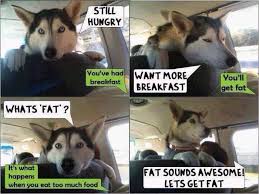

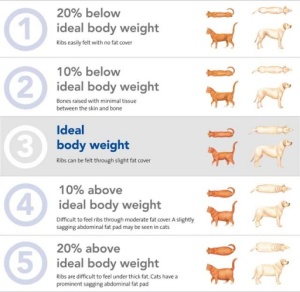
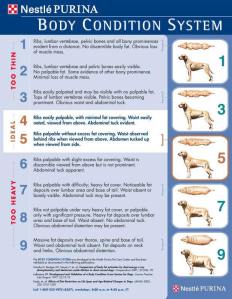
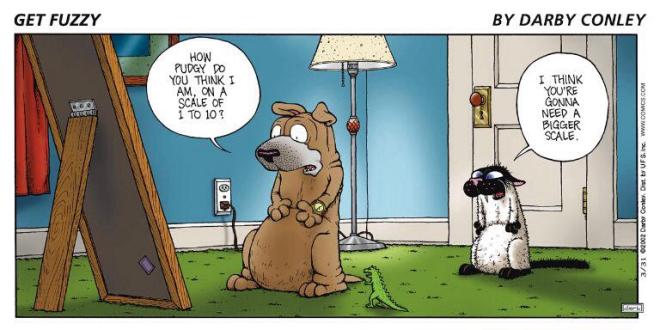
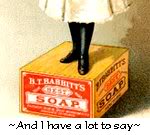
Useful Information, your blog is sharing unique information.
ReplyDeletedog's healthy weight